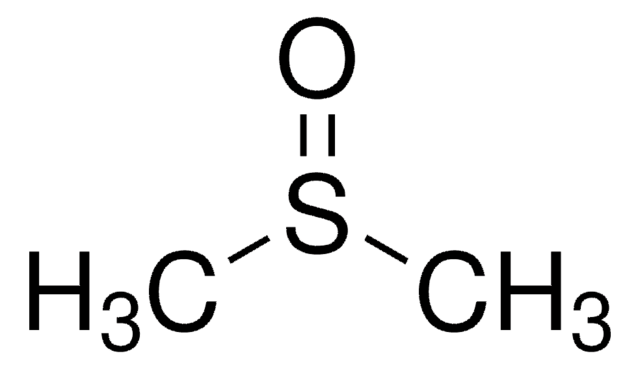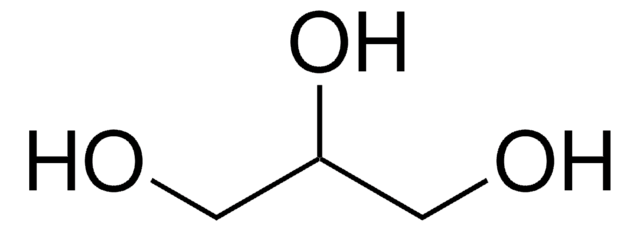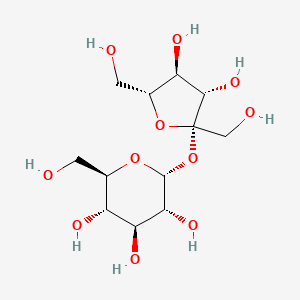Methanol
Methanol, also known as methyl alcohol, wood alcohol, or wood spirit, is a colorless, volatile, flammable liquid with a distinctive odor similar to ethanol but slightly sweeter. It is the simplest alcohol, and is a light, volatile, colorless, flammable liquid with a distinctive odor very similar to, but slightly sweeter than, that of ethanol (drinking alcohol). At room temperature, it is a polar liquid, and is used as an antifreeze, solvent, fuel, and denaturant for ethanol. It is also used for producing biodiesel via transesterification reaction. Methanol is produced naturally in the anaerobic metabolism of many varieties of bacteria, and is ubiquitous in the environment. As a result, there is a small fraction of methanol vapor in the atmosphere. Over the course of several days, atmospheric methanol is oxidized with the help of sunlight to carbon dioxide and water. Methanol burns in air forming carbon dioxide and water: 2 CH3OH + 3 O2 → 2 CO2 + 4 H2O. Due to its toxic properties, methanol is frequently used as a denaturant additive for ethanol manufactured for industrial uses. This addition of methanol exempts industrial ethanol (commonly known as "denatured alcohol" or "methylated spirits") from liquor excise taxation. Methanol is often called wood alcohol because it was once produced chiefly as a byproduct of the destructive distillation of wood. Methanol is synthesized from syngas, a mixture of hydrogen and carbon monoxide, in industrial plants. There are three main processes in use today. All rely on catalysts to achieve acceptable reaction rates. The reaction is conducted at elevated temperatures (250–300 °C) and pressures (5–10 MPa): CO + 2H2 → CH3OH. While the syngas can be produced from wood, this is no longer common. Most methanol today is derived from natural gas.







